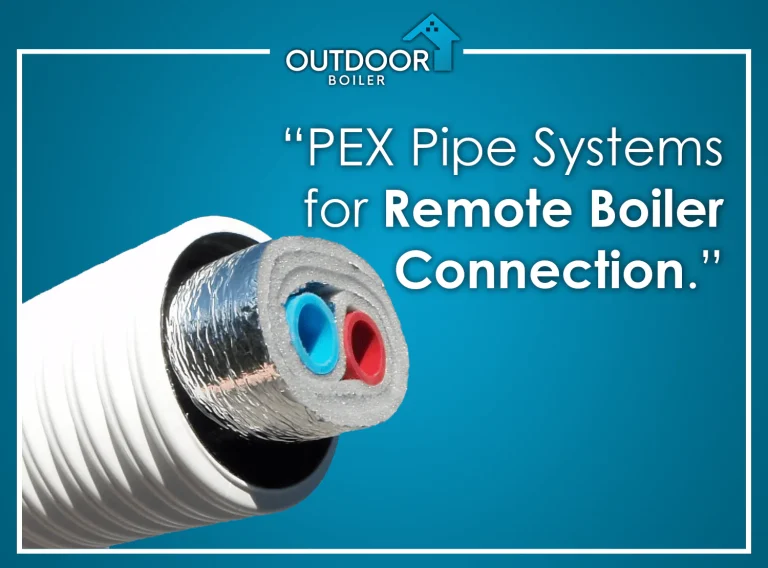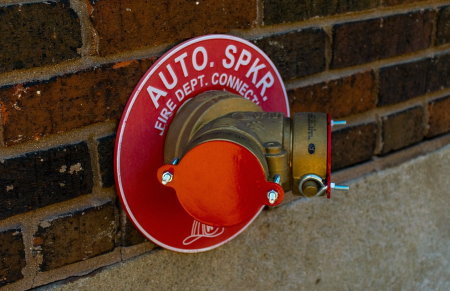The Role of Insulated PEX Pipe on Your Outdoor Boiler
Introduction
The choice of piping is a critical factor in the maintenance of efficiency and reliability in your outdoor furnace system. One of the most dependable and effective piping solutions that are currently available is insulated PEX pipes. Insulated PEX pipes are designed to endure the most severe outdoor conditions, guaranteeing that your outdoor boiler system operates efficiently and effortlessly throughout the year. In this article, we will investigate the significance of utilizing an insulated underground PEX pipe in an outdoor boiler configuration and how it can safeguard your investment and improve performance.
What is an Insulated PEX Pipe?
PEX — short for Cross-Linked Polyethylene — has been gaining popularity in both the residential and commercial sectors. PEX pipe is made from cross-linked HDPE (high-density polyethylene). The HDPE is melted and continuously extruded into a tube to form a high-performing pipe suitable for a variety of potable and non-potable plumbing applications. It has also been overtaking copper and CPVC because of its flexibility compared to copper.
This insulation is essential in outdoor applications where the pipelines are subject to a range of temperatures, including freezing winter conditions. The insulation ensures that the system operates efficiently, even in frigid climates, by preventing freezing.
Why is Insulated PEX Pipe Essential for Outdoor Boilers?
Outdoor furnaces operate optimally when they are supplied with heated water in a continuous stream. Nevertheless, the system’s efficacy is compromised if the water in the pipes cools down as a result of defective insulation, resulting in elevated energy costs and increased fuel consumption.
Advantages of Using Insulated Underground PEX Pipe
1. Prevents Heat Loss
The insulation in PEX pipe for underground use effectively reduces heat loss, ensuring that the heat generated by your outdoor boiler is transmitted to your home or building efficiently. This ensures that the system operates at its peak efficiency, thereby minimizing operational costs and fuel consumption.
2. Durability and Flexibility
Underground PEX that is insulated is designed to resist a variety of environmental factors, such as temperature fluctuations, ground shifts, and moisture. PEX pipelines are also more convenient to install due to their flexibility, which enables them to bend around obstacles without breaking.
3. Prevents Freezing
The capacity of insulated PEX pipes to prevent freezing is one of its most significant advantages. Uninsulated pipelines are susceptible to freezing in cold climates, which can result in blockages or even pipe bursts. The additional insulation serves as a protective barrier against freezing temperatures, ensuring that water flows effortlessly even in the most extreme conditions.
4. Corrosion Resistance
PEX pipelines intended for underground applications are resilient to scaling and corrosion, in contrast to metal pipes. This guarantees that your outdoor boiler system will have a longer lifespan, as there is no possibility of rust or mineral accumulation impairing the pipe’s capacity.
5. Ease of Installation
The installation of insulated underground PEX pipes is a relatively simple process. It can be readily modified to accommodate a variety of layouts, and its adaptability eliminates the necessity for complex fittings. This not only expedites the installation process but also reduces labor expenses.
Applications for Outdoor Boilers
- Dig your trench at least 2’ deep
- Place the cable supplying electricity to the boiler in the trench first
- Under Driveways — If burying insulated PEX under a driveway, observe these two important requirements: The trench should be at least FOUR FEET DEEP, and placed inside a 6” PVC sleeve.
- No Rocks Touching White Casing — When backfilling the trench, backfill with sand first. Do not allow any rocks to touch the white outer casing of the insulated PEX. Any rocks against the surface of ANY outer casing may, over time, penetrate with settling.
- USE END CAPS!
- Make sure there is a completely waterproof connection between the inside of the outdoor boiler where the pump is connected and the inside of the building. Do NOT cut the insulated PEX outer casing until it has been extended INSIDE the building at least.
Choosing the Right Insulated PEX Pipe
When selecting PEX tubing for your outdoor boiler, understanding the differences between the types of PEX—PEX-A, PEX-B, and PEX-C—is crucial. Each has unique characteristics, making them suitable for different applications.
PEX-A
PEX-A is the most flexible and has the highest degree of cross-linking, making it great for cold climates due to its ability to expand and resist freezing. However, it can leach chemicals into the water, which may be a concern, especially when used for water supply lines. While some customers believe PEX-A is the best choice for outdoor wood stoves, it isn’t always the ideal option for burying.
PEX-B
PEX-B is the top choice for burying, thanks to its higher bursting pressure and cost-effectiveness. Although less flexible than PEX-A, it’s more durable and resistant to chemical leaching, making it a safer option for underground installations in freezing conditions.
PEX-C
PEX-C, the most rigid of the three, is not recommended for outdoor use or burial. It is prone to kinking and cracking when exposed to freezing temperatures, making it less suitable for outdoor boilers.
For most outdoor applications, PEX-B stands out as the most reliable and durable choice.
Conclusion
Insulated PEX pipe is beneficial and guarantees long-term reliability and efficiency when integrated into your outdoor furnace system. It is a critical element of any outdoor heating system due to its capacity to retain heat, resist cold, and withstand the elements. A must-have for optimal performance is an insulated underground PEX pipe if you are contemplating an upgrade or installation of your outdoor boiler. For the most effective piping solutions for your system and to safeguard your investment for years to come, visit Outdoor Boiler.










